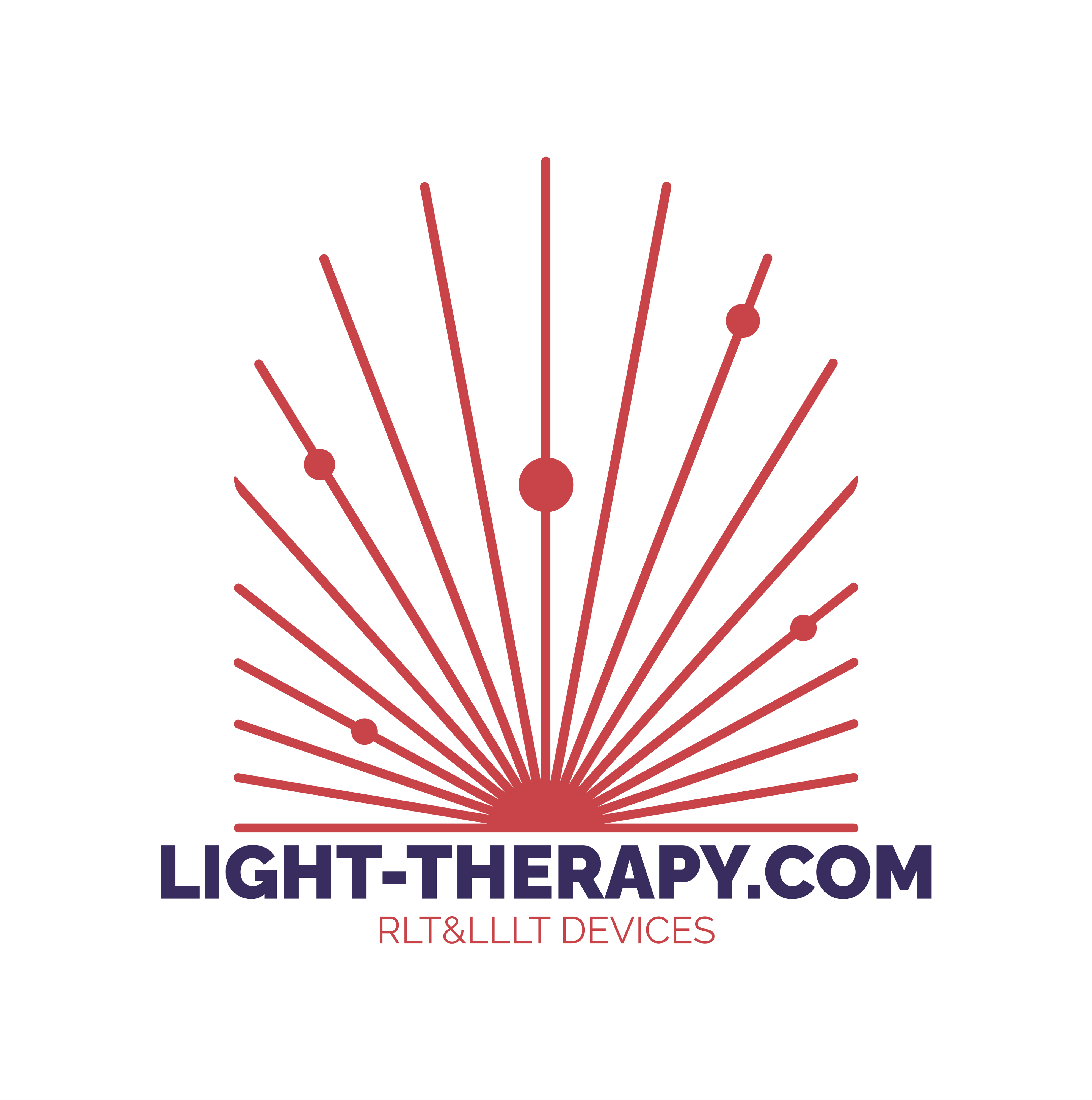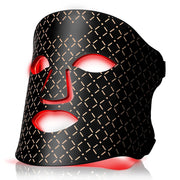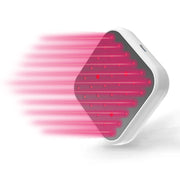Red light therapy can make a significant difference in someone’s life and is used in a wide scope of clinical or home treatments for its therapeutic relief. The numerous benefits that people have discovered for themselves with red light therapy are continuous and red light therapy is becoming increasingly popular. Safety concerns with surgical implants such as titanium plates, metal implants, pacemakers, prosthetics screws, rods, or breast implants are becoming a frequent question and we will cover the safety of using red light therapy and discuss any contraindications below.
Studies have proven that red and Near Infrared (NIR) wavelengths have remarkable effects on the body. Our lights feature multiple wavelengths and only a portion of this spectrum is visible to the naked eye, with red being the most visible. These wavelengths of light, some of which are found in sunlight, have positive biochemical effects on the body. It is important to know if it is safe to expose any kind of surgical implants or devices to the wavelengths emitted by our lights.
Post Implant Surgery
The good news is that red light therapy applied to areas containing surgical implants has been shown to be perfectly safe. In fact, low-level laser therapy, also known as red light therapy, has been used in joint replacement rehabilitation and to relieve post-operative discomfort. The implants themselves will not be affected by red light therapy which is often used to address potential complications from post-implant surgery simultaneously such as post-surgical scares and edema.
The beauty of the red light treatment is that it has few, if any, documented negative side effects. It’s one of the safest modalities. There are a few contraindications, including light sensitivity or allergy, having an active malignant tumour/lesion (you don’t want to shine the light straight on it), or being on drugs that cause photosensitivity. To back up these claims, there are thousands of studies done on red light therapy and the general consensus of the studies unanimously conclude that the modality did not come with any observed side effects.
A randomized control study, titled, “Photobiomodulation therapy (PBMT) on acute pain and inflammation in patients who underwent total hip arthroplasty-a randomized, triple-blind, placebo-controlled clinical trial,” concluded that photobiomodulation is effective in decreasing post-op inflammation in patients who have had hip arthroplasty (hip replacement with artificial implants) and listed no contraindications with photobiomodulation. To put it into perspective, when low-level laser therapy comes into contact with metal implants, the light will be reflected from the implant and redirected through the tissue, this is also very dependent on the type of hardware used in the implant. For example, cerclage wire and IM pins (used in long bone fractures) will have a minimum reflection due to their small size.
A 2021 review, titled, “Effect of photobiomodulation therapy (PBM) on mini-implant stability: a systematic review and meta-analysis,” covered the effects of photobiomodulation on “mini-implant stability.” This study gave reassurance to any safety concerns regarding surgical implants while concluding that low-level light can improve mini-implant stability. PBM improves implant stability while also enhancing healing at the surgical site by boosting ATP synthesis and angiogenesis while decreasing inflammation. Furthermore, more high-quality clinical trials are needed to examine PBMT’s efficacy on orthodontic mini-implants.
Breast implants
Whether you have saline or silicone breast implants, red light therapy will not affect breast augmentation implants. Red and NIR light with standard and reasonable power densities are safe to use on silicone breast implants (Hamblin M, 2021). Silicone prostheses for the nose and ear are also deemed to be completely safe. In general, infrared rays can potentially warm up silicone but because silicone melts at over 200 degrees Celsius, there should not be any adverse effects.
Photobiomodulation and Dental Implants
Photobiomodulation has become a common viable treatment in many dental practices, and it has been shown to be impactful in tissue healing. Multiple studies examined the effects of “laser therapy in the improvement of the attachment of human oral fibroblasts onto titanium surfaces.” With that said, there is some validation for the use of low-level laser therapy and its use to attach titanium implants to biological flesh. This 2013 Article from the Journal of Periodontal & Implant Science used animal models to assist in discovering safe, effective restorative practices for humans. Implants are already a common feature of clinical dentistry, with high success rates. Modalities such as PBM, bring these clinical results closer to perfection and in the process increase patient satisfaction with function and aesthetic.
Healthy Cellular Function
Considering you may be using red light therapy for deep muscle discomfort relief, hair rejuvenation, energizing your mitochondria, benefiting the texture and tone of the skin, know that the overall goal always results in healthier cellular function. Primarily, there is strong positive feedback that red light can relieve discomfort from swelling or improve scaring that was a result of surgical implants.
We can now understand that using red light and NIR are generally safe with surgical implants. Nevertheless, a person should always consult with their surgeon and possibly a representative of the product manufacturer to have some peace of mind. As with many studies being conducted, more research is necessary to understand the molecular mechanisms involved in such use of photobiomodulation to assure the maximum efficacy and safety of this influential therapeutic practice. Feel free to explore our blog to learn more about the benefits, use of our panels and much more!









